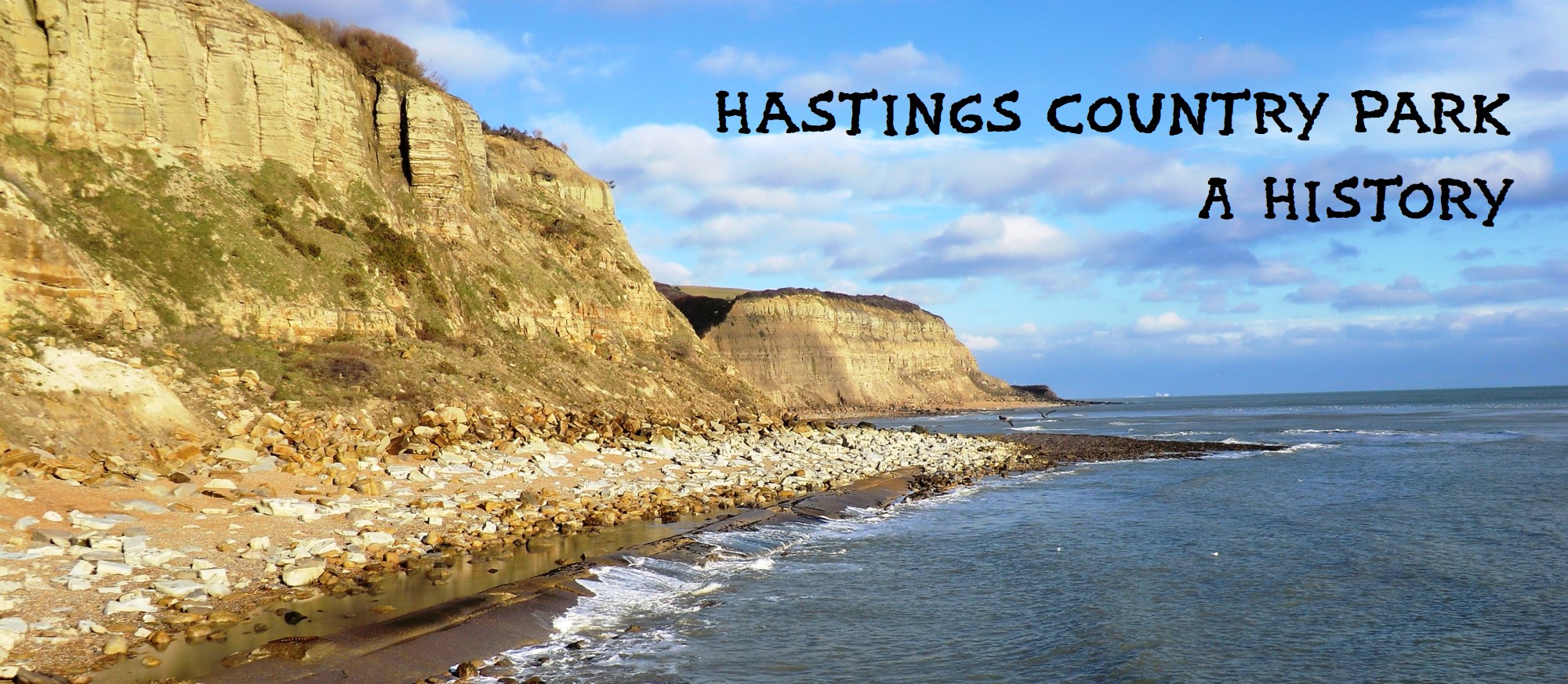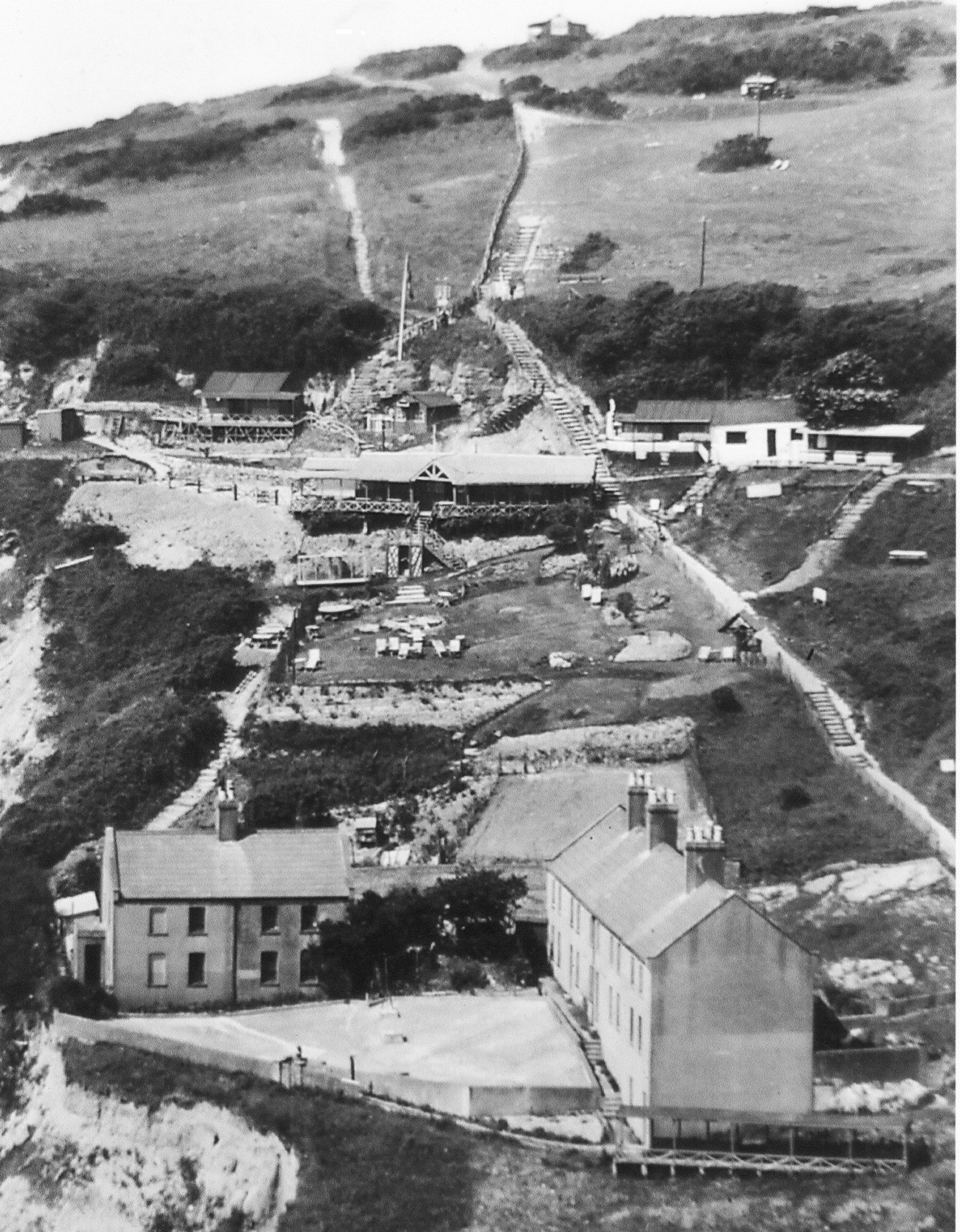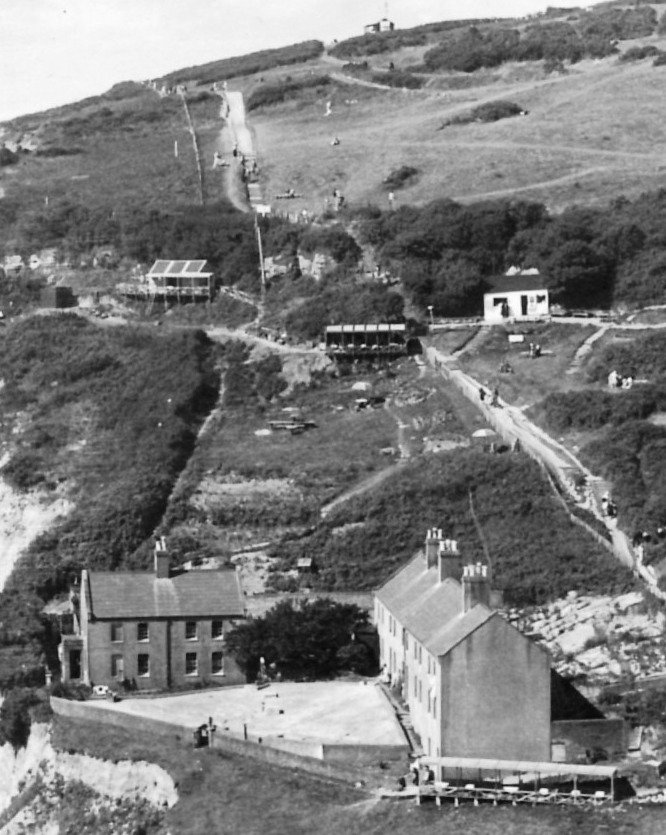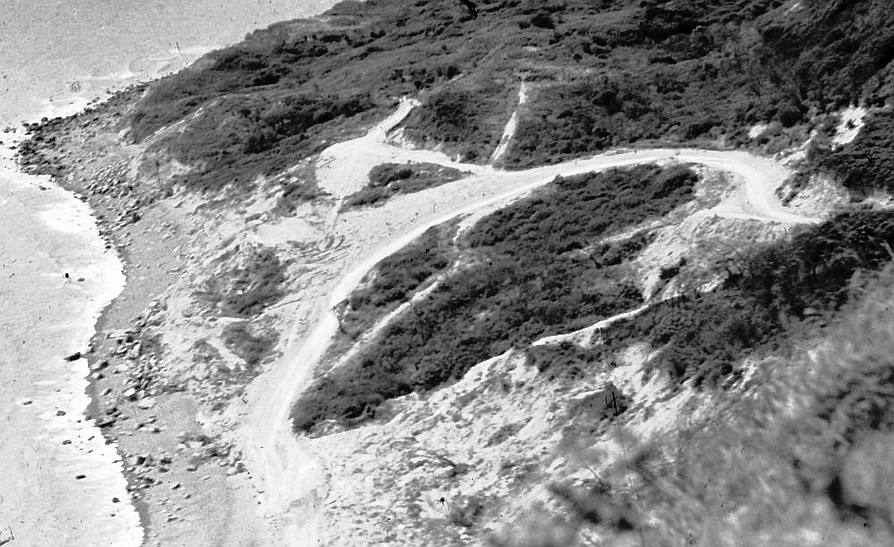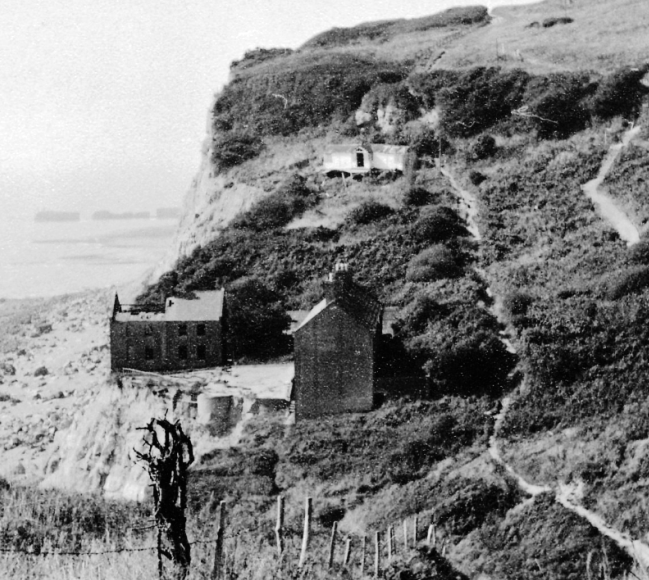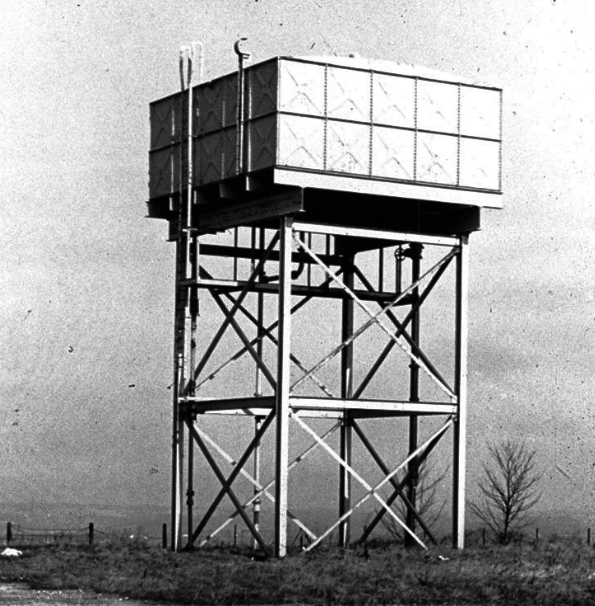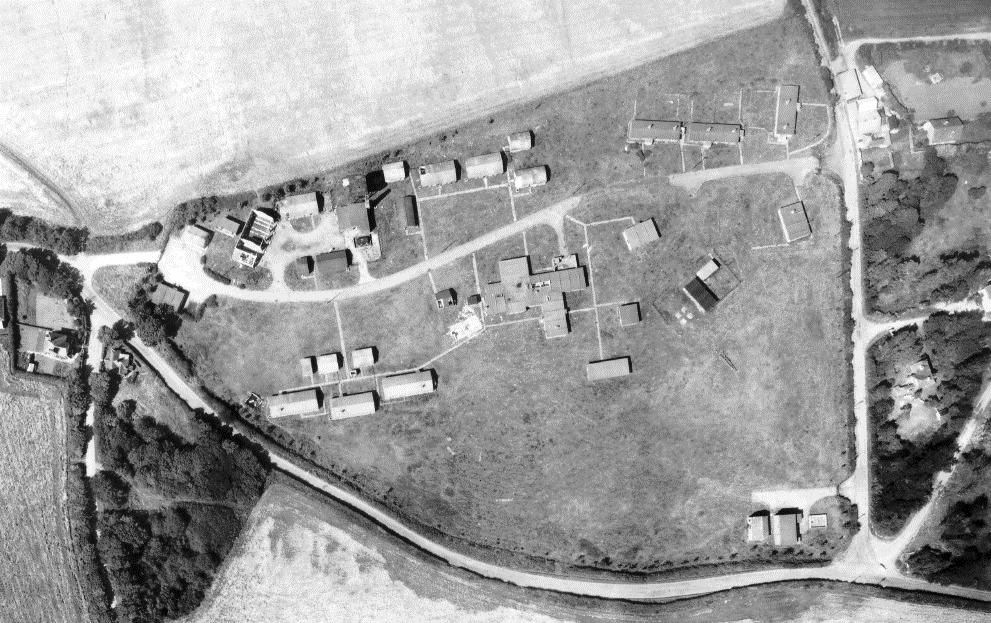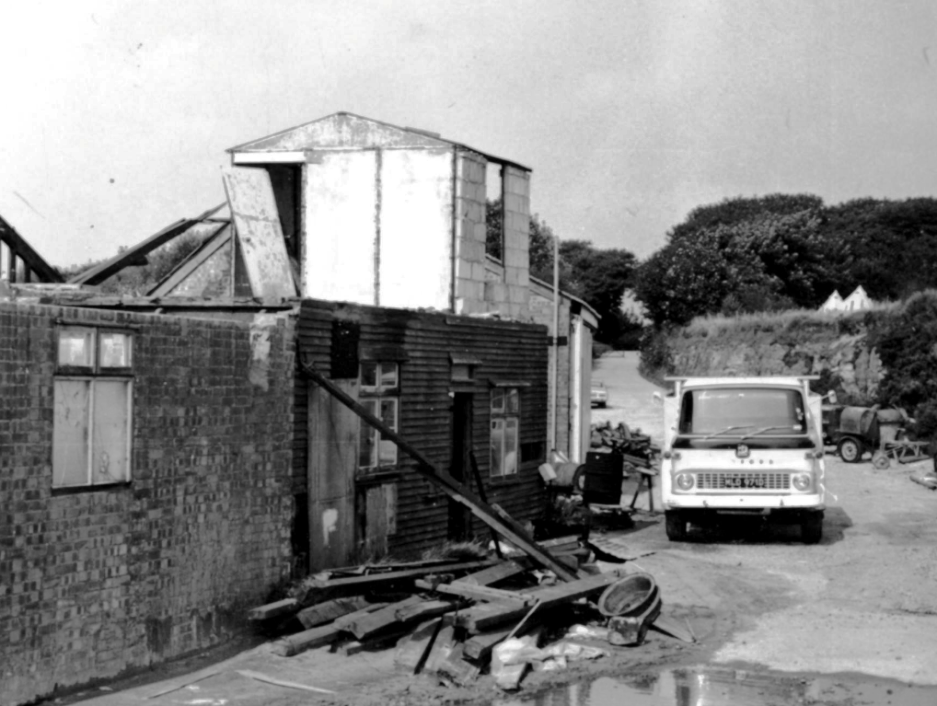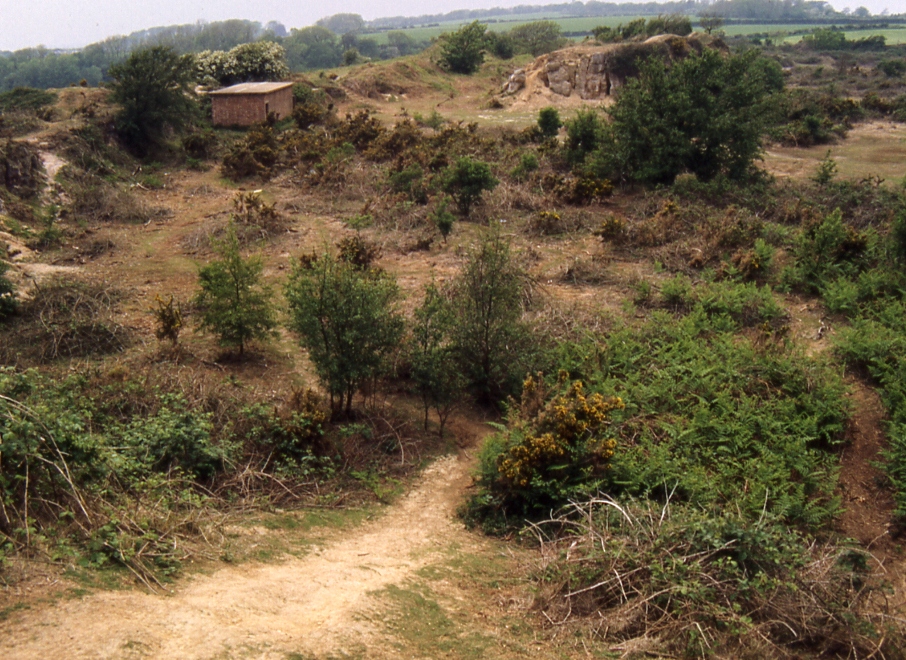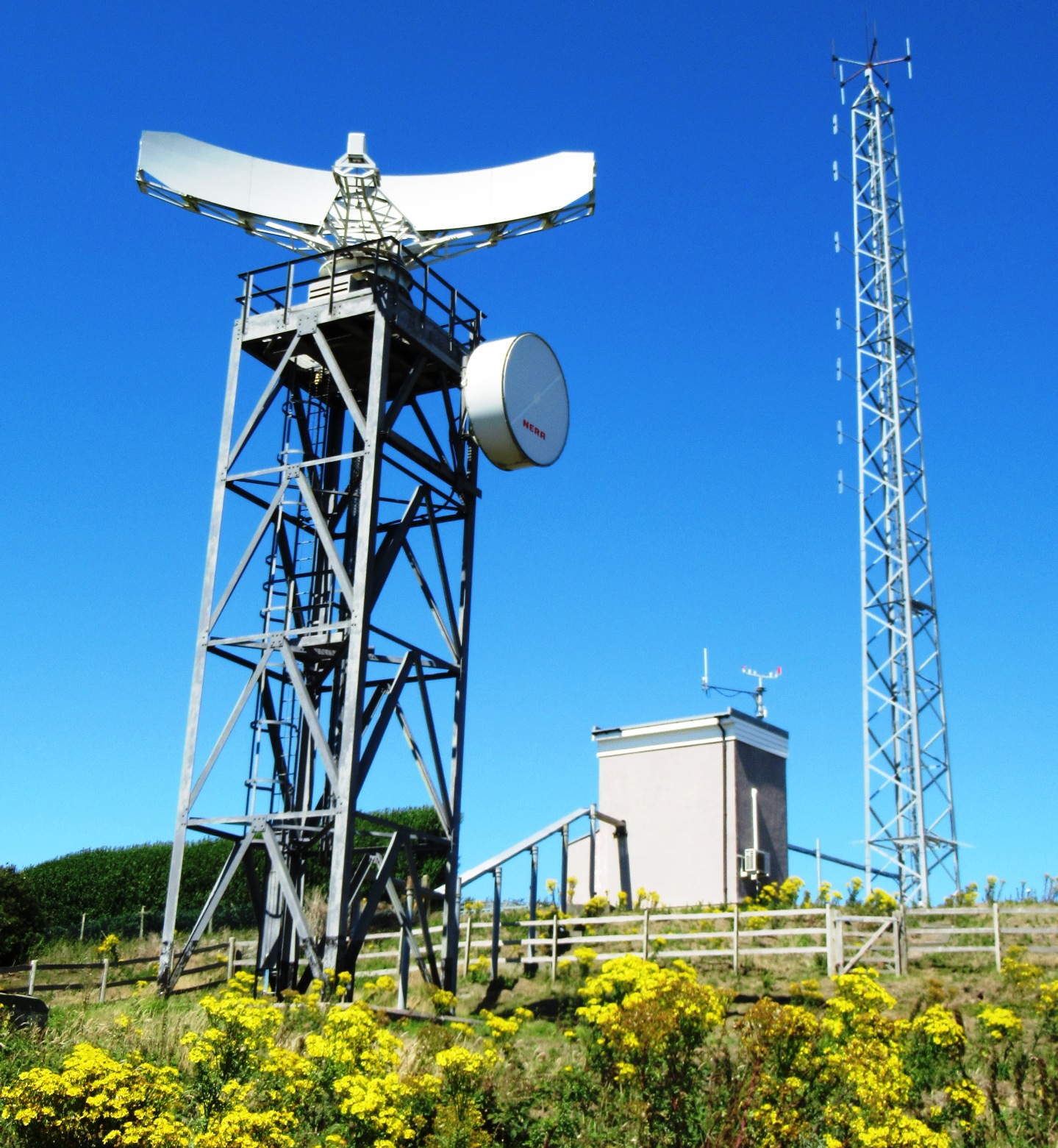1950-1999
1951 May 18 - Princess Elizabeth visited the town and took part in the ceremony of handing over the title deeds of the 215 acres of the Reserve to Hastings Council. As Major Carlisle Sayer had only asked for £10 in cash from the council, the event was publicised as the Major presenting a valuable 'gift' to the people of the borough, and has been cast in the public memory as such ever since. But in fact he had negotiated a very good financial deal: he disposed of a large amount of unproductive land that was expensive for him to maintain, and in return had a much bigger area of farmland significantly upgraded, thereby giving him a higher annual income for many years to come. The conveyance did not take place formally until 1 March 1952, and the Council then paid the major's legal fees of £263. On 18 May 1951 the princess also transferred to the council the deeds of the recently-purchased Hastings Castle.
1951 June 29 - Hastings Council gave planning permission 'in the national interest' for the RAF to erect 90-feet high lattice masts, six feet square, on two sites: the Fairlight Road radar station, and north of North’s Seat. In 1952 the Fairlight Road station was chosen to
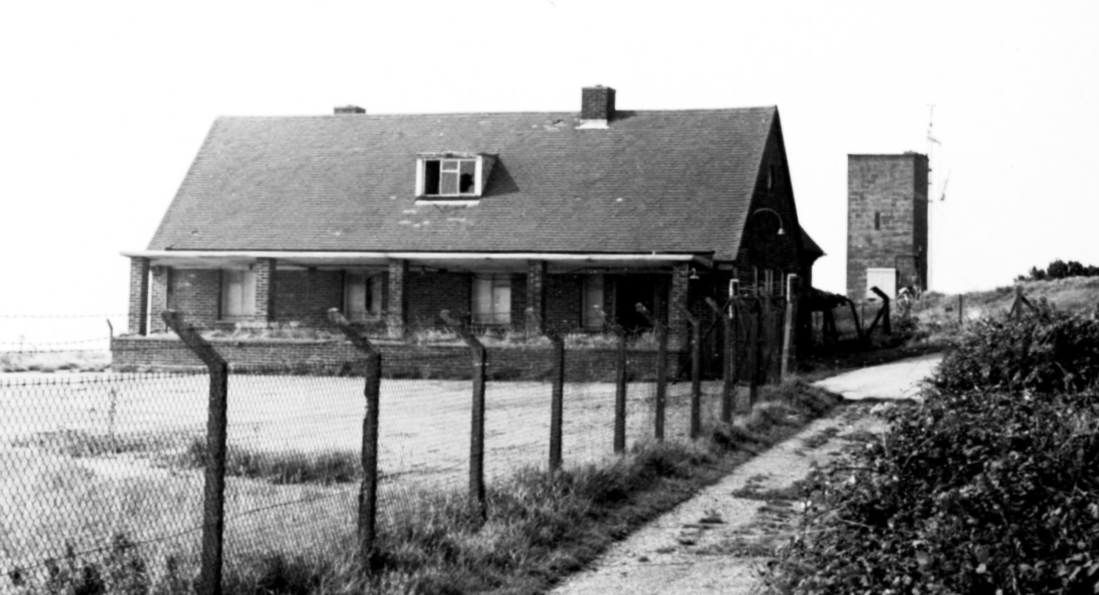 Don't be fooled - it's not a bungalow, it's the entrance to the underground bunker, which is still there.
Don't be fooled - it's not a bungalow, it's the entrance to the underground bunker, which is still there.
take part in the new anti-Soviet ROTOR radar project, to counter possible attack by Soviet bombers. A technical centre was set up on land adjoining the Fairlight Coastguard Station, with a large underground bunker and a bungalow-looking guardhouse on top. It came on line on 30 August 1952. Water and electric services were run from the Fairlight Road station along Fairlight Road, down the Warren Glen entrance track and then along the south side of the Warren Glen quarry to the bunker. The ROTOR centre was redundant by 1956, but remained on care and maintenance until the early 1960s. It was sealed in 1973 and all buildings on site were demolished, although the underground bunker, with many rooms, still exists fairly intact. In 2002 a team from Subterranea Britannica accessed and recorded the bunker, following which it was resealed. Today the bunker still exists underground, beneath what looks like a round hillock immediately south-east of the Coastguard station. The only visible relic is an iron vent shaft standing in the middle of a gorse bush on the edge of the hillock.
1951 Sept - Hastings Council refused planning permission for a cafe in Ecclesbourne Glen because the conveyance of Major Carlisle Sayer 'did not permit the erection of a cafe'. There had been several there before the war, but most were more-or-less wrecked by the miltary. By the 1950s the main survivor (and very popular) was the big cafe in the picture below.
1951 Oct - Hastings Council reported that it had received a letter from the Nature Conservancy stating that Fairlight Glen had been included in the areas of scientific interest under S23 of the National Parks Act 1949.
1952 June 14 - The 3,898-ton 376-feet long steamer Baron Douglas was run aground on a sandbank off Fairlight after being holed in a collision with another vessel eight miles off Hastings in calm weather. Her crew were brought ashore by Hastings lifeboat. She was carrying 7,000 tons of sugar, equal to one week's ration for 31,360,000 people. In order to refloat her, the sugar was pumped out, turning the sea brown, and the hole in her starboard bow was patched up. On 17 June she was towed to Tilbury for repairs.
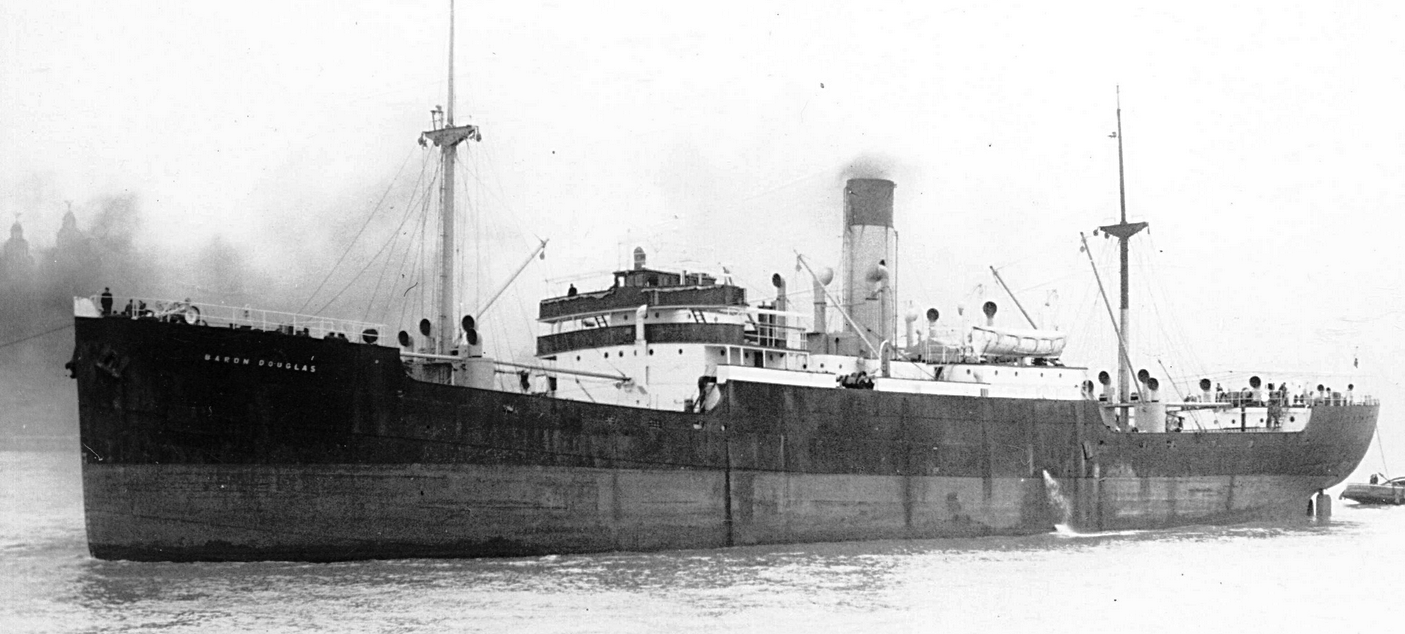 The Baron Douglas.1952-53 - Various parcels of land on Fairlight Down were sold by several people to Hastings Council’s housing committee.
The Baron Douglas.1952-53 - Various parcels of land on Fairlight Down were sold by several people to Hastings Council’s housing committee.
1955 July 13 - A small Hastings fishing boat, the Kitty, ran aground on a reef at Hooks Ledge, Fairlight. This was the same reef where the fishing boat Pioneer had stranded in a dense fog in March 1949 and her three crew died. But Jack Peters and John Stanley on the Kitty were rescued by Hastings lifeboat and the boat was later reflaoted undamaged.
1956 Jan - The Bomb Disposal Unit of the Royal Engineers began a three-year clearing of the minefield on, and near, the beach at the bottom of Fairlight Glen. The mines had been hurriedly laid in the summer of 1940, but accurate records of the location of some of them were lost because the officer in charge (Lt RY Thorne of the 6th Battalion The Devonshire Regiment) was carrying the plans when he was blown up by stepping on a mine displaced by a German aircraft’s bombing of the glen. The engineers set up a camp, with Nissen huts, in the corner of the field at the top of the west side of the glen (TQ849109), on the new track created by Hastings Council. The engineers also turned the path in the glen running down the west side of the stream into a vehicle track, which is still in use today.
This was the second attempt by the unit toclear the mined area. After the war they swept a length of land adjoining the seashore about two miles long and 200 yards deep. By January 1948 this had all been cleared, except for the portion below the cliff, which was known to contain beach mines, and it was fenced off. The cliff behind this had been hit by a flying bomb, bringing down a large portion of cliff on the mines, and it was hoped the mines would be buried forever. But from 1953 onwards some mines had been found on the beach, plus one in the glen, so part of the glen was also swept clear. All the mines found were blown up and the scheme ended late in 1958. There is now no sign of the existence of the camp.
1956 Dec 15 - Fairlight School, opposite Fairlight Church, closed.
1957 Jan - Major Carlisle Sayer sold the RAF's camp in Fairlight Road (now the picnic site) and the bunker area to the government.
1957 - The government set up the UK Warning and Monitoring Organisation (UKWMO) as part of its Cold War defences, and in the following years 1,563 underground monitoring posts were built. These were very small underground bunkers, providing accommodation for observers to live and work. One of these is sited a few yards in front of the Fairlight Head radar tower, with its hatch cover and ventilation shaft still visible. The post started work in December 1960. It measures 14 feet by eight feet, and is six feet underground. If a nuclear warhead were dropped in the area, three members of a ten-strong group of the Royal Observer Corps (ROC) volunteers - the Fairlight Post No 1 Group - would secure themselves inside the bunker and monitor the effects of the blast. It was fitted with a bomb power indicator, and a communications line with the sector’s operations centre in Maidstone. There were also three beds, a lavatory, water and food rations, and electric lights powered by batteries. The Fairlight post closed in September 1991 when the UKWMO was stood down, following the ending of the Cold War.
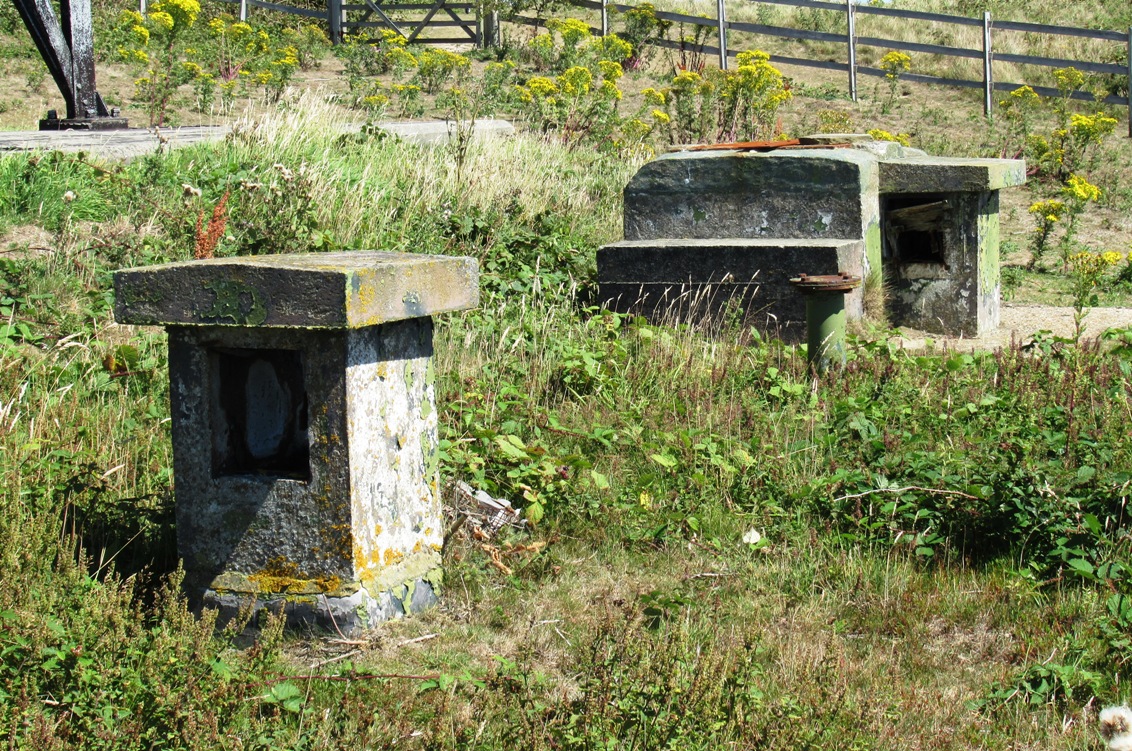 The ROC's underground bunker, pictured in 2020.
The ROC's underground bunker, pictured in 2020.
1958 - The Hastings Downs Golf Club closed, having been based at Fishponds Farm since 1924. The closure followed the decision in April 1958 by Hastings Council not to continue its annual subsidising of the club, and not to pay Major Carlisle Sayer the £20,000 he was seeking if the council insisted on purchasing it. Instead, the councillors decided to end years of debate over its future and try to buy the town’s other course, in Filsham Valley, which they also subsidised. After the closure, Major Sayer resumed use of the farmland that had formed the golf course, and in 1959 sold the Fishponds farmhouse and garden to Thomas Chorlton, who then went to live there. It has been a private residence ever since.
1959 Feb 10 - Hastings Council gratefully accepted from Major Carlisle Sayer the gift of 21 acres of land between Ecclesbourne and Fairlight Glens. There had been a landslip over the cliff, meaning the clifftop footpath had to be re-sited away from the cliff edge, and this land enabled that to take place.
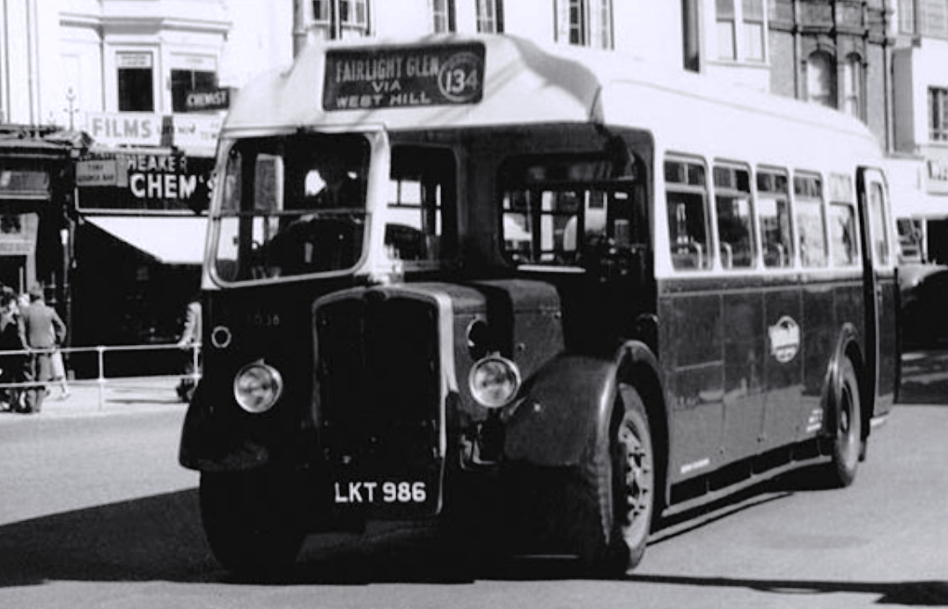 Take a trip on the 134 to Fairlight Glen.1959 April - Shear Barn Farm campsite had exceeded its permitted limit on the number of caravans (250), and had not carried out the required tree planting to hide the caravans, Hastings Council was told. Councillors then made noises about forcing farmer Freddy Funnell to do something, but not much happened. He had become well-known for avoiding the planning rules, and for giving hospitality to local decision makers in order to use his farmland for more profitable camping, caravanning and entertainments. By 1962 the conditions in the two camping fields on the north side of Barley Lane had become so 'shocking' that In July that year an inquiry was held in the town hall in what was to be a unsuccessful attempt by many people to close the seven acre site, which could accommodate over 200 tents. The Hastings Observer of 21 July said there had been complaints 'to the Council of the "disgusting conditions" caused by the overloading of the toilet facilities, the untidy state of the camp, and the unruliness of many of the younger element staying there'. There seemed to be no control over these 'cheap weekenders', the 'hooligan element' (especially the many motor-bikers). Over the following months Funnell promised to sort out these problems, and the inquiry was abandoned. He died in April 1974, aged 72.
Take a trip on the 134 to Fairlight Glen.1959 April - Shear Barn Farm campsite had exceeded its permitted limit on the number of caravans (250), and had not carried out the required tree planting to hide the caravans, Hastings Council was told. Councillors then made noises about forcing farmer Freddy Funnell to do something, but not much happened. He had become well-known for avoiding the planning rules, and for giving hospitality to local decision makers in order to use his farmland for more profitable camping, caravanning and entertainments. By 1962 the conditions in the two camping fields on the north side of Barley Lane had become so 'shocking' that In July that year an inquiry was held in the town hall in what was to be a unsuccessful attempt by many people to close the seven acre site, which could accommodate over 200 tents. The Hastings Observer of 21 July said there had been complaints 'to the Council of the "disgusting conditions" caused by the overloading of the toilet facilities, the untidy state of the camp, and the unruliness of many of the younger element staying there'. There seemed to be no control over these 'cheap weekenders', the 'hooligan element' (especially the many motor-bikers). Over the following months Funnell promised to sort out these problems, and the inquiry was abandoned. He died in April 1974, aged 72.
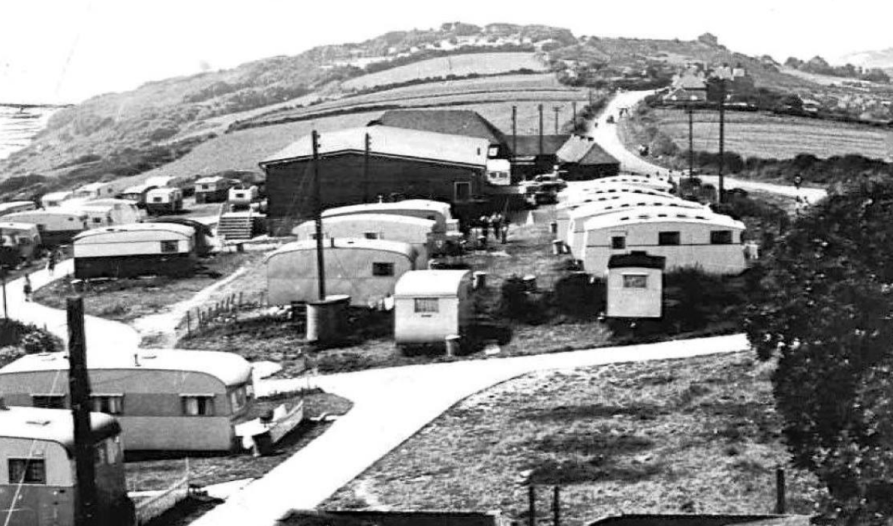 Shear Barn Farm - or 'Funnell's Farm' as it was widely known - in about 1957.1959 Sept - In the town’s biggest fire since 1925, about 80 acres of Warren Glen were destroyed in a two-day fire, starting on 10 September. The fire, which destroyed most of the vegetation on the east side of the glen, was started when a maroon fired by the Coastguard to call out their rescue team landed in the gorse. It was a false alarm, but there was a pall of smoke over Hastings.
Shear Barn Farm - or 'Funnell's Farm' as it was widely known - in about 1957.1959 Sept - In the town’s biggest fire since 1925, about 80 acres of Warren Glen were destroyed in a two-day fire, starting on 10 September. The fire, which destroyed most of the vegetation on the east side of the glen, was started when a maroon fired by the Coastguard to call out their rescue team landed in the gorse. It was a false alarm, but there was a pall of smoke over Hastings.
1960 - Heavy rain in December 1960 and January 1961 caused big landslips at Lovers’ Seat and Ecclesbourne Glen. A cliff fall carried away the terrace on which Lovers' Seat stood, although the ‘Leap Stone’ itself survived until slipping over the edge soon after. In early February the five or six ton stone was hauled back up the cliff and relocated about 100 metres in-land, next to the path going down into Fairlight Glen, where it is today. In Ecclesbourne Glen the fall of large portions of the cliff on the west side undermined the tea house and the former Coastguard station in early January. The path going down into the glen was permanently closed and relocated about 50 yards inland.
1962 Sept - Hastings Council accepted a £350 tender to demolish the Ecclesbourne Coastguard Station, built in 1861, and push it over the cliff. A demolition order had been served on the owner in the autumn of 1961 following several cliff falls in recent years which meant that the southern building was only a few feet from the edge of the cliff. But the owner was a widow with a limited income who could not afford to pay for the demolition, so she conveyed ownership of the station and its surrounding land to the Council in settlement of her liability. There was still no piped water at the station (it came from the well in the yard). S&W Demolition of Folkestone soon began bull-dozing the two buildings with their seven homes onto the beach, but stopped in January 1963 when about three-quarters had been completed. The company then pulled out of the scheme, and in the early summer the Council’s Works Department completed it. The final cost was about £440, for which Hastings Council obtained ownership of a large section of the west side of Ecclesbourne Glen. The abandoned nearby teahouse, perched on the edge of the cliff, was helped onto the beach below in late 1962 by some local youngsters.
1963 March 25 - Hastings Council bought 445 acres of land for £90,000 from Major Carlisle Sayer. This comprised all 394 acres of Fairlight Place and its farm, and 51 acres of the adjoining Church Farm, including the quarry. This was one of the biggest land purchases in the history of the borough. In 1951 the Major had sold to the Council 215 acres comprising Fairlight and Ecclesbourne Glens, part of Warren Glen and the clifftop walks. As part of the conveyance, Hastings Council had to fence off much of the farmland adjoining the cliffs and glens, and this made Fairlight Place Farm more commercially viable. The Major continued managing the farm until shortly before he died on 19 December 1964, aged 78. The Hastings Observer (24 December 1964) said Major Alfred Carlisle Sayer (DSO, MC, DL, JP) was 'one of the town’s great benefactors'. He sold the farm to the council because he was 'concerned in case the land fell into the hands of speculative developers and felt that it was in the best interests of the town that it should control this land'. The Major, a Catholic, was the son of local solicitor and estate agent Alfred Leighton Sayer. He had a distinguished war record, serving in Gallipoli and France in World War One, commanding the Sussex Yeomanry in the field for five months as Lieutenant-Colonel. He was president of the town’s Conservative Association for many years.
1963 Sept - Hastings Council gave a mining lease for the 51 acres of land near Fairlight Church just purchased from Major Carlisle Sayer to Messrs Cole and Jennings for sand quarrying.
1964 Sept - The new Hastings lifeboat was named Fairlight in honour of the Fairlight Coastguards.
1966 Jan-Feb - RW Dicker and Co demolished the former RAF Domestic Camp at Fairlight Road (later to become a heliport, and now the picnic site). There used to be about 40 huts, plus a water tower and chimney there. It never appeared on Ordnance Survey maps because all military buildings were censored (the Survey at that time was still run by the Ministry of Defence). The RAF had acquired
the 15.6 acre site from Major Carlisle Sayer in January 1957, and Hastings Council became owner in March 1967. In May 1965 Hastings Council tried to obtain permission to turn the building on top of the RAF Technical Camp bunker next to Fairlight Coastguard Station into a café, but did not succeed. In 1973 the bunker was sealed and the surface buildings were cleared. Hastings Council bought both the RAF sites from the MoD, comprising 10 acres, in about 1967.
1967 Summer - Hastings Council leased 366 acres of Fairlight Place Farm (plus 10 acres of adjoining land in 1970), to Hugh and Peter Cotterill.
1969 July 26 - A 1,200 ft borehole was to be dug at Fairlight sand quarry by the Institute of Geological Science, reported the Hastings Observer. The ten-week survey was expected to take place that autumn, part of a long-running series that had been taking place between Bexhill and Rye for over four years. The object was to gain more information about the rock formation in the area.
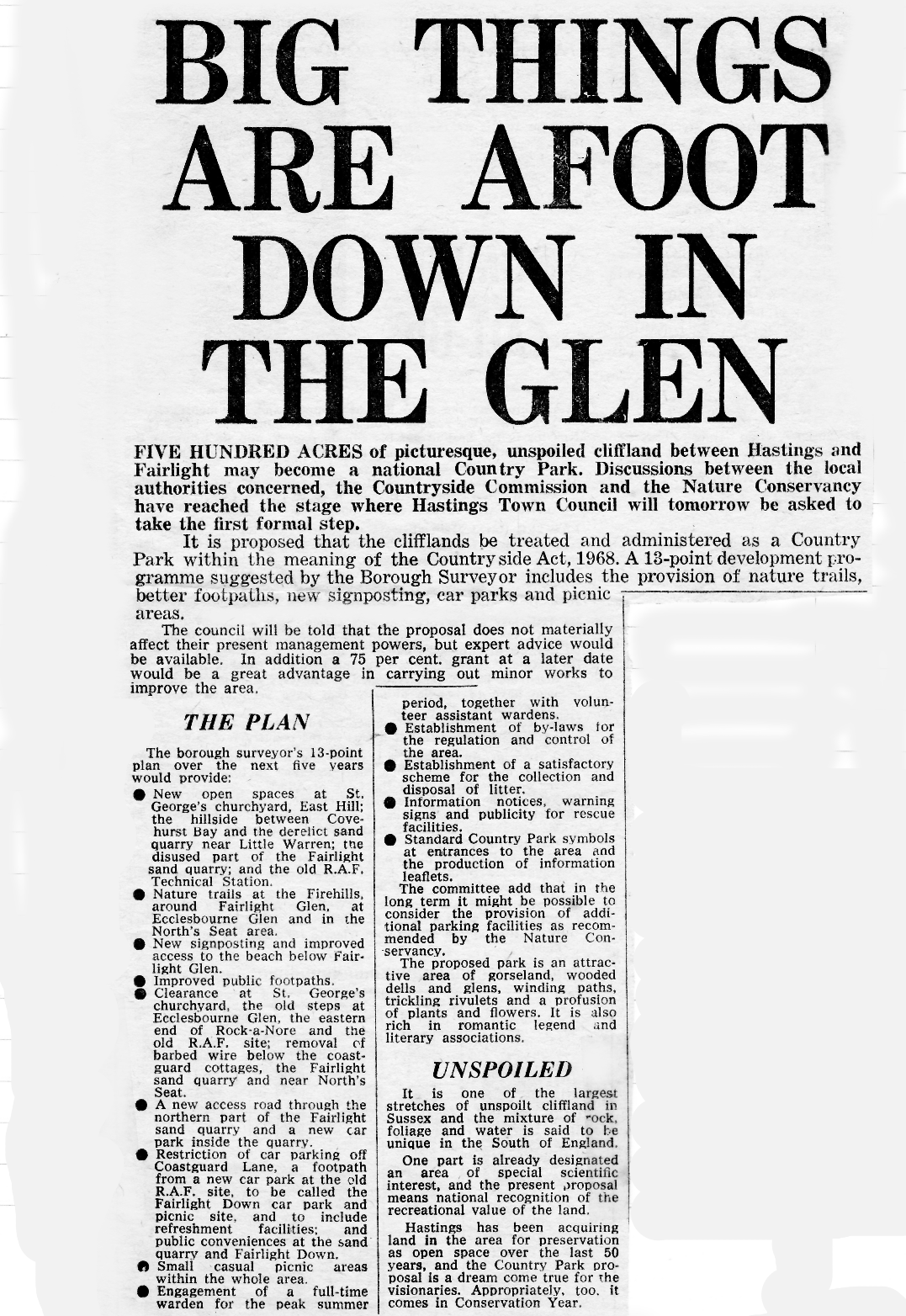 The Evening Argus of 12 October 1970 reports that Hastings Council is about to create the Country Park.
The Evening Argus of 12 October 1970 reports that Hastings Council is about to create the Country Park.
1971 April 1 - The Hastings Country Park officially came into existence on this day. It was then only the second seaside park to have been set up under the 1968 Countryside Act. It initially comprised 512 of the 830 acres the Council owned or leased between the Old Town, North’s Seat and Fairlight Cove, the other acres being Fairlight Place Farm, which was still in use as farmland. Hastings Council and the Countryside Commission were planning to spend £30,000 over the following five years on nature trails, car parks, conveniences and a warden service in the park, with the commission’s share being 75%, although some of this money was actually spent on Beauport golf club. Three quarters of the park was officially of Special Scientific Interest. The park was declared open by Sir Mark Henig, chairman of the English Tourist Board, on 13 July 1974.
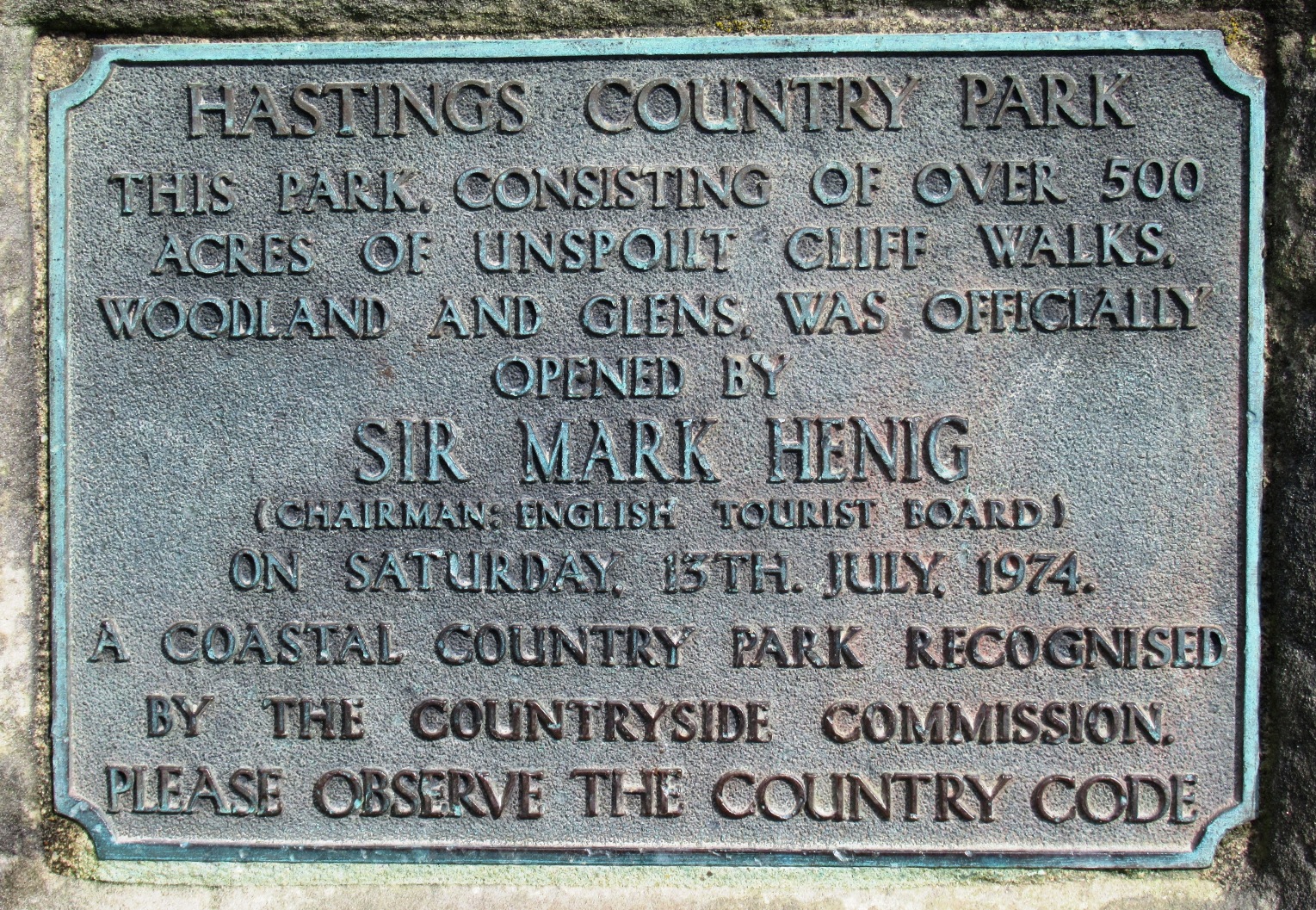 The sign in the Fairlight car park.
The sign in the Fairlight car park.
1971 June 25 - The Duke of Edinburgh visited Fairlight Coastguard Station, then in the course of building a new lookout tower and full modernisation. It became operational towards the end of 1971.
1971 Oct - About 60 acres of Warren Glen were ravaged by fire, mostly near the cliff on the east side. Firemen fought for five hours to get the mammoth blaze under control. It was stopped just 30 yards from the Coastguard Station.
1971 Dec - Planning permission was given by Hastings Council for a pathway to be cut through the Iron Age promontory fort rampart on the East Hill, despite it being scheduled as an ancient monument in the 1950s. The path was made by the owners of Rocklands
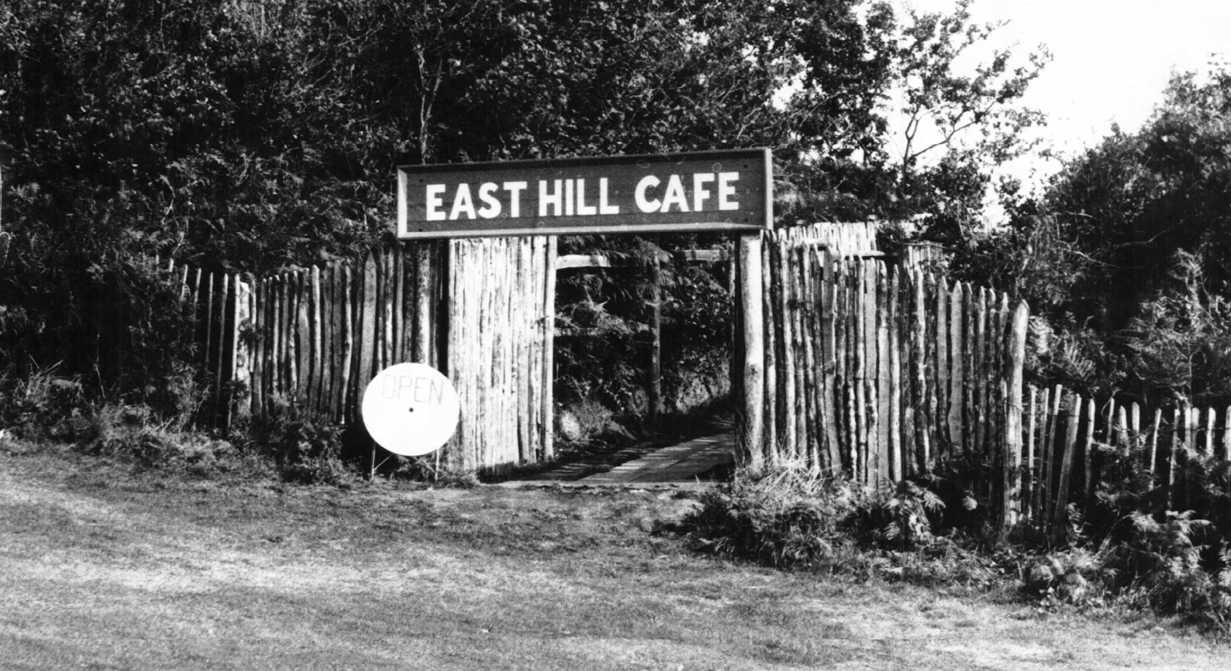 caravan park, Mr and Mrs WB Usher, as a way of giving public access to their café. It was not until four years later, in September 1975, that the council’s error was discovered. Hastings Area Archaeological Research Group pointed out the serious mistake and borough planner Herbert West apologised, saying he did not know that the rampart had been scheduled because of the unclear maps that should have shown the affected area. The gap was later filled in.
caravan park, Mr and Mrs WB Usher, as a way of giving public access to their café. It was not until four years later, in September 1975, that the council’s error was discovered. Hastings Area Archaeological Research Group pointed out the serious mistake and borough planner Herbert West apologised, saying he did not know that the rampart had been scheduled because of the unclear maps that should have shown the affected area. The gap was later filled in.
1972 July 15 - The first Country Park warden, Mr J Heathcote, started work. In September 1972 Frederick Futter, a 79-year old retired police chief inspector, moved out of Warren Cottage, where he had been the tenant for 25 years.
1972 Oct - Fairlight Place Farm and 418 acres of land were leased to Maurice Ashworth, who resided at Marsham Farm. His son Richard eventually took over the running of Fairlight Place Farm, making it a dairy farm and causing much controversy because of serious pollution of Fairlight Glen for many years from its slurry tank. He was bought out by Hastings Council in 2001.
1972 Sept - The Hastings Observer of 16 September reported that the sand quarry buildings near Fairlight Church were being demolished, and a new access road, car parks and toilets were soon to be built there. These are the facilities that exist today. But the construction of the new road caused a bitter argument, as it involved widening the former entrance road to the quarry, cut c1943, by taking land on its west side from Church Farm without the permission of the owner Mr David Brown. Mr Brown had been running the Fairlight Goose Sanctuary on his farm since 1969, and was still protesting about the way in which the authorities took and used his land without his consent when he died. The Land Registry in 1987 admitted it had made a mistake, and that Mr Brown owned the ground, but he said he had spent thousands of pounds on partially reclaiming it and fighting his legal battle with the council.
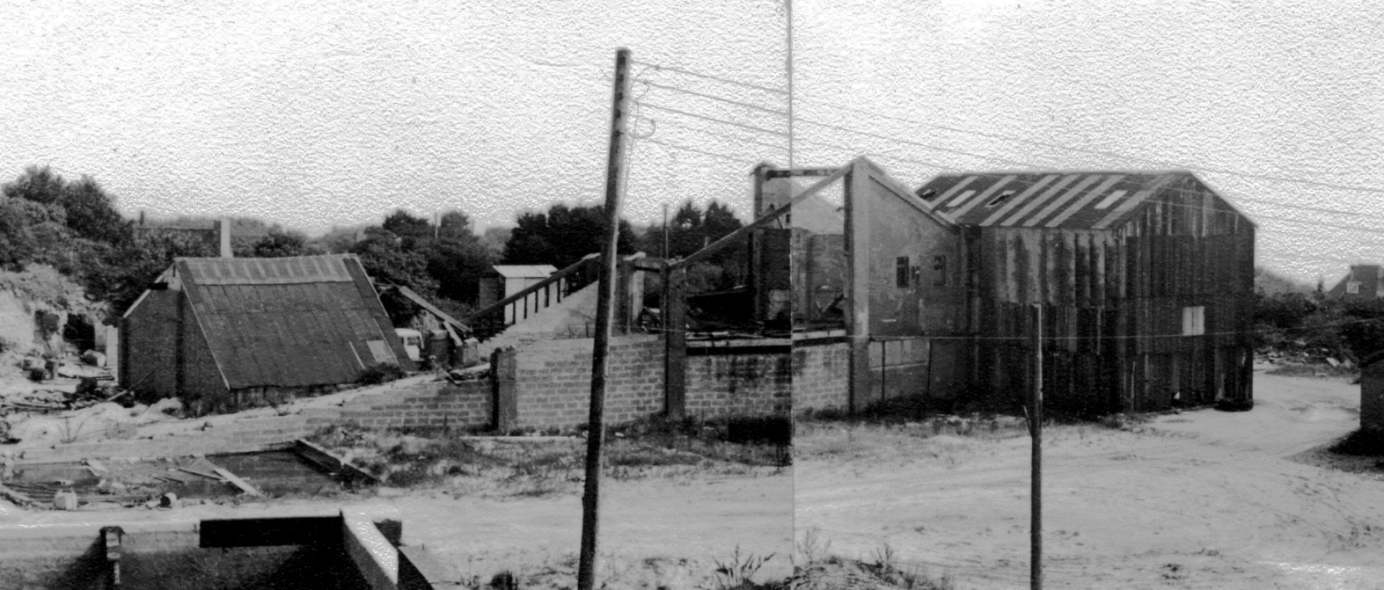 1974 - The 1.2 acres of the glebe, known as St George’s Churchyard, on top of the East Hill was purchased by Hastings Council from the rector of All Saints parish, to be included in the Country Park. Its name was traditional, being first recorded in the mid-18th century, but there is no record of there being a church called St George in Hastings. A survey in 1965 found no traces of buildings or burials within the enclosure, with sandstone bedrock between one and three feet below the surface, so the topsoil is very shallow. About 30 Roman coins in a vase were found in the enclosure in January 1840, and the 1750 map of the Collier estate shows the enclosure named as Beacon Hill, with a large flag pole in the south-east corner. So it is possible (but unproven) that the enclosure was Roman signal station. The enclosure had been allotments since about 1840, and after the 1974 purchase it was converted into a picnic area. After 1974, several other pieces of land around North’s Seat and Barley Lane were purchased to protect the Country Park’s open space.
1974 - The 1.2 acres of the glebe, known as St George’s Churchyard, on top of the East Hill was purchased by Hastings Council from the rector of All Saints parish, to be included in the Country Park. Its name was traditional, being first recorded in the mid-18th century, but there is no record of there being a church called St George in Hastings. A survey in 1965 found no traces of buildings or burials within the enclosure, with sandstone bedrock between one and three feet below the surface, so the topsoil is very shallow. About 30 Roman coins in a vase were found in the enclosure in January 1840, and the 1750 map of the Collier estate shows the enclosure named as Beacon Hill, with a large flag pole in the south-east corner. So it is possible (but unproven) that the enclosure was Roman signal station. The enclosure had been allotments since about 1840, and after the 1974 purchase it was converted into a picnic area. After 1974, several other pieces of land around North’s Seat and Barley Lane were purchased to protect the Country Park’s open space.
1974 March 27 - The former RAF radar station on Fairlight Road (now the picnic site) was opened as a helipad, for the emergency services and private use. A large white ‘H’ had been laid in the ground.
1974 April 2 - Shear Barn Farm owner Frederick Funnell died in a local nursing home. His obituary in the Hastings Observer of 6 April said 'Known by everyone as "Fred" he will be missed by many friends and acquaintances. ... Coming from a hard-working family, retirement never entered his head. In his younger days he was captain and secretary of the All Saints Football Club. He was also a member of the Winkle Club. Starting as a dairyman in Clive Vale in the 1920s, Mr Funnell built up a substantial business. In 1927 he purchased Shear Barn Farm, but in the 1930s he suffered a severe loss of his dairy herd from foot-and-mouth disease. But determined to succeed he bought a new herd of Guernsey cows, of which he was very proud. Camping started in a small way [in 1949], extending with the assistance of his wife Hilda into the present-day caravan and camping site.' In March 1977, the new owners of Shear Barn Holiday Park, as the farm was then called, were given planning permission by East Sussex County Council to accommodate 150 touring caravans in its southern field, despite widespread local opposition, including a petition signed by 426 people. But in June 1976 the public had forced the owners to re-open the public foorpaths to Pinders Shaw across the northern camping field.
1978 Spring - The beach at the foot of Fairlight Glen was wrongly declared to be an ‘official naturist beach’, starting an ongoing problem of offensive behaviour by naked men. For several months prior to the declaration, the Central Council of British Naturism (CCBN) and the Association of Sun Clubs (ASC) had discussed with officers of Hastings Council whether the area could be used for naturism. But there was confusion over who was responsible for which piece of the seashore. Nationally, the Crown Estate controls all ‘foreshore’ (the area below high water mark), while the ‘beach’ (the area above high water) can be owned or run by other bodies. Hastings Council controlled the beach at Fairlight Glen. The Crown Estate had refused to give a lease on the foreshore, but the naturists had then asked Hastings Council for such a lease - not for a lease of the beach. In a letter of 13 December 1977 council officials pointed out that they had no power over the foreshore, but would 'leave the matter on an informal basis so that your members may use this part of the foreshore'. The confusing letter did not mention the beach, but the naturists then behaved as though it had done so. The ‘misunderstanding’ went so far that in April 1978 Hastings Council paid for the making of 'Official Naturist Beach' notices that were put up on paths at the bottom of Fairlight Glen. The beach and neighbouring Covehurst Wood soon became the habitats not just of legitimate naturists, but also of numerous men who carried out indecent exposure and offences in public. After repeated complaints, the police in the summer of 1997 carried out an operation to try to stamp out the behaviour that had changed the character of the area, and there were several prosecutions. Unfortunately, indecent offenders are still to be seen, not only on Fairlight Glen beach but also on its approaches.
1980 Aug - Fairlight Glen stream was found to be heavily polluted by slurry from Fairlight Place Farm, which was owned by Hastings Council. In 1984 it was still badly polluted and this problem of irresponsibility by the tenant, Richard Ashworth, persisted until he was bought out in 2001.
1982 May - The wooden lookout platform at North’s Seat was demolished by Hastings Council after a fire caused by hooligans damaged one of its supports and it became a safety hazard. It had suffered repeated vandalism in previous years. In 1870 the famous artist Marianne North had erected a seat there in memory of her father, Frederick North.
1982 Aug 1 - Fairlight Coastguard Station was downgraded, to become a secondary station with only two staff (plus volunteer Auxiliaries) and with the lookout only manned during bad weather and searches. Fairlight was further downgraded in 1990 when a new Station was built at Rock-a-Nore, taking over the role of sector HQ from Fairlight.
1982 Nov - The American oil company Amoco Exploration carried out a seismic survey of the Fairlight area, looking for oil and gas. A survey in 1980 had produced some positive results at Fairlight, so they extended the survey area. In 1985 they sought permission to drill between North’s Seat and Martineau Lane, but this was strongly opposed, and in 1986 East Sussex County Council rejected the proposal.
1983 Oct - The High Weald Area of Outstanding Natural Beauty (AONB) came into existence, taking in the Country Park.
1987 Late July - Rother Council decided not to pay for work to stop cliff erosion at Fairlight Cove, where houses were falling over the edge. But later they changed their minds, and in July 1990 the battle to stop the cliff erosion began when a massive barge, with 9,000 tonne loads, started dropping granite 20 metres in front of the cliffs to form a 500-metre long breakwater parallel with the shore. Over the coming four months a total of 120,000 tonnes were deposited. Local residents had begun their fight to save 47 threatened homes in 1979, but only obtained official support and funding a decade later.
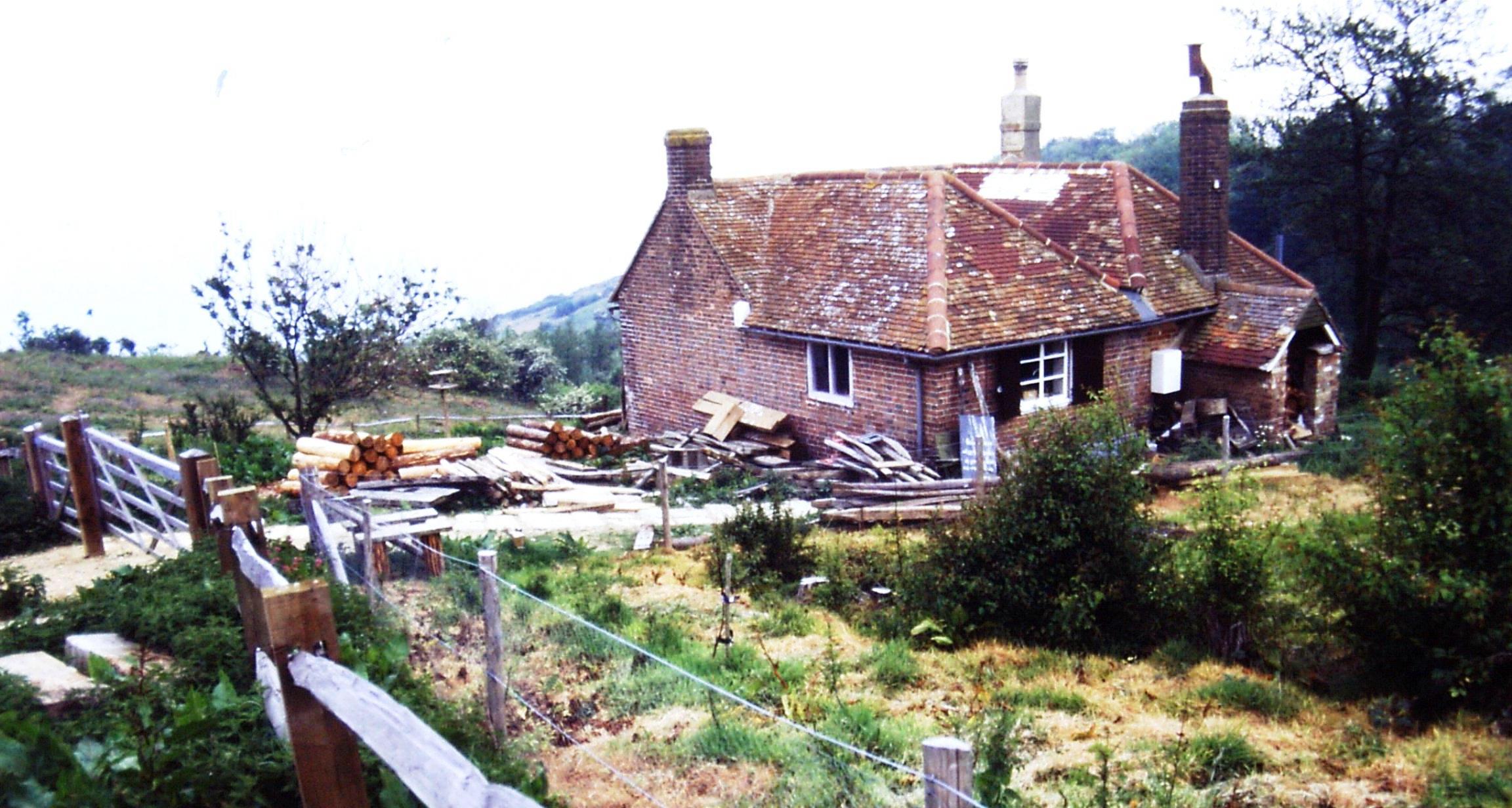 Work being carried out at Warren Cottage in May 1990.1987 Summer – Warren Cottage, at the top of Warren Glen, was converted into a headquarters for the Country Park rangers. Unfortunately the work was carried out on a low budget to a poor design, and over the following years nothing was done to improve its outward appearance, or that of its garden. Also in 1987 the Reserve’s Volunteer Ranger Group was set up, based in the cottage. In 2009 Hastings Council announced they were planning to sell the cottage. I (Steve Peak) was then chairperson of the newly-formed Friends of the Country Park, and I suggested that the proceeds from the sale should be invested in replacing the old Fairlight Visitor Centre at the Fairlight car park, and the Council agreed.
Work being carried out at Warren Cottage in May 1990.1987 Summer – Warren Cottage, at the top of Warren Glen, was converted into a headquarters for the Country Park rangers. Unfortunately the work was carried out on a low budget to a poor design, and over the following years nothing was done to improve its outward appearance, or that of its garden. Also in 1987 the Reserve’s Volunteer Ranger Group was set up, based in the cottage. In 2009 Hastings Council announced they were planning to sell the cottage. I (Steve Peak) was then chairperson of the newly-formed Friends of the Country Park, and I suggested that the proceeds from the sale should be invested in replacing the old Fairlight Visitor Centre at the Fairlight car park, and the Council agreed.
1988 - The North’s Seat area was added to the Country Park.
1990 Nov - Hastings Council opposed plans by the Coastguard to erect a big radar scanner at Fairlight Station to monitor all shipping in the western part of the Dover Strait. Local opponents, fearful of the noise, initially stopped it being built there. As a result, the scanner was put up in Mill Lane on Fairlight Down, near the radio mast, but it did not work properly, because the undulating coastline interrupted the signals. So in 1995 the scanner was relocated immediately in front of the Fairlight Station, on the initially opposed site. At that time Fairlight had ceased to be a manned station, and in 2012 the lookout was removed from the top of the Fairlight tower, just retaining the building at ground-level to house radio and radar equipment.
